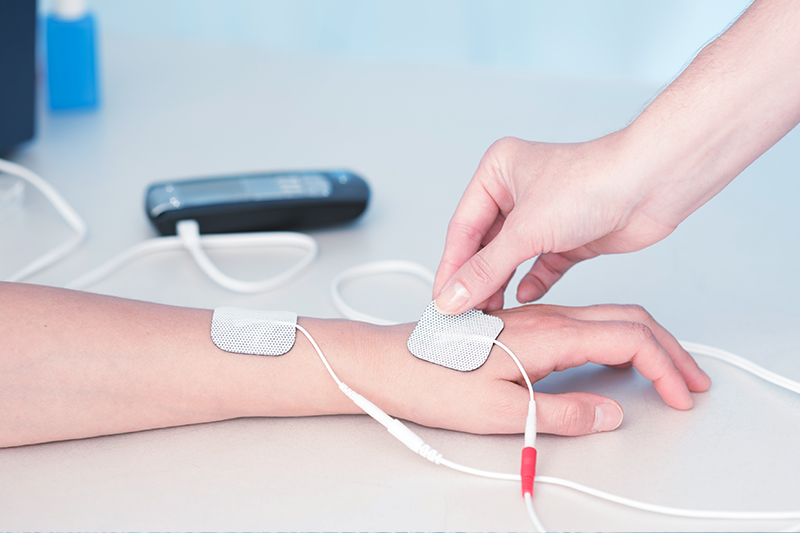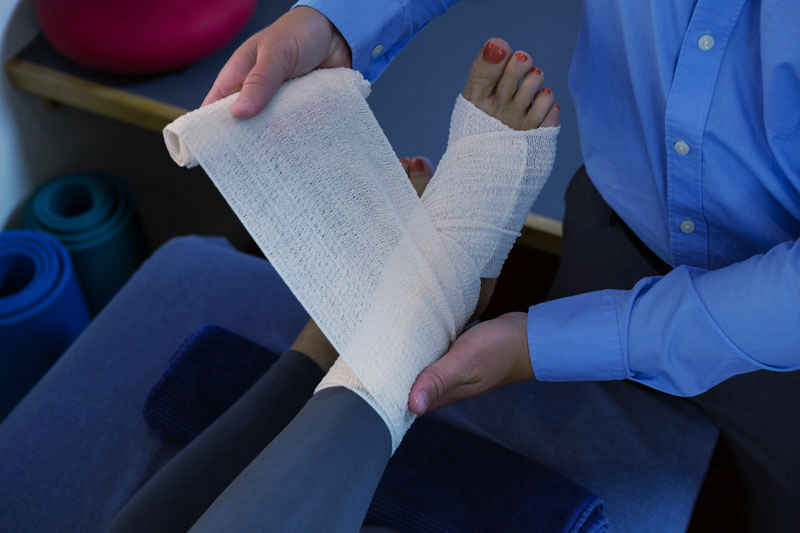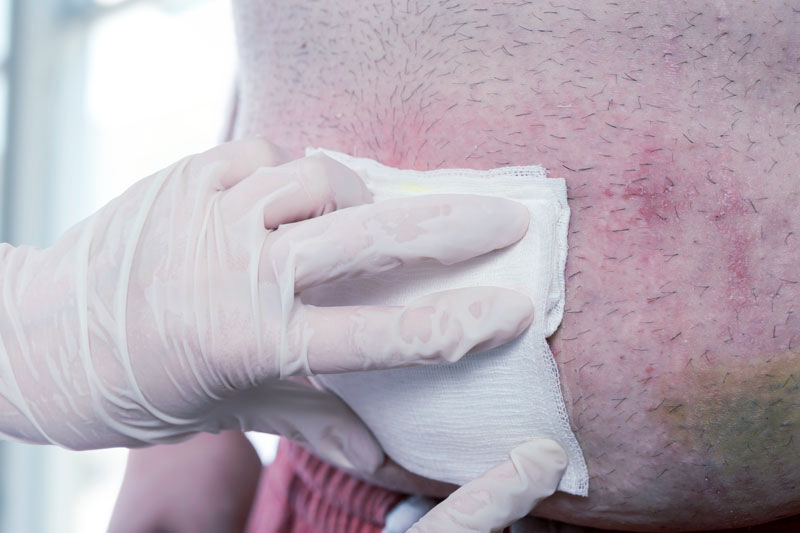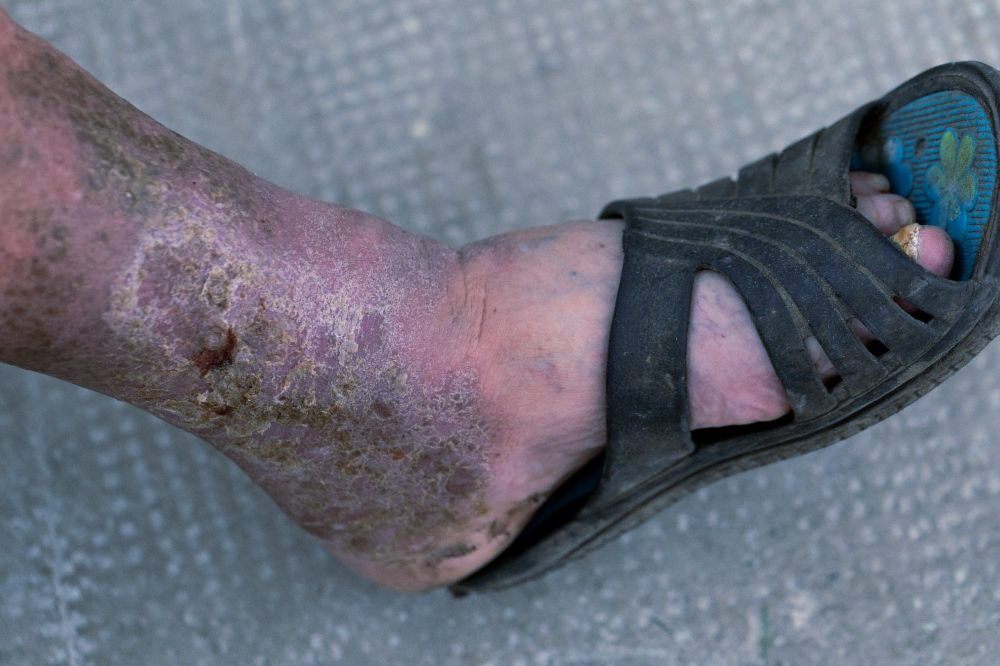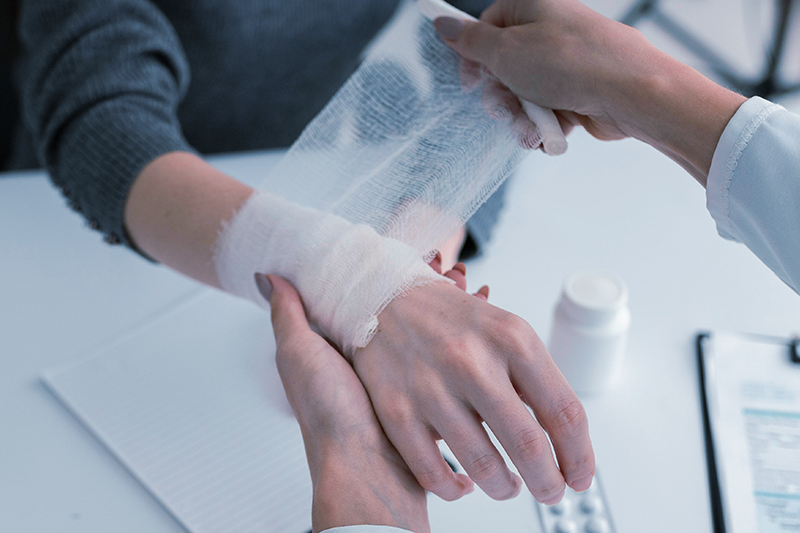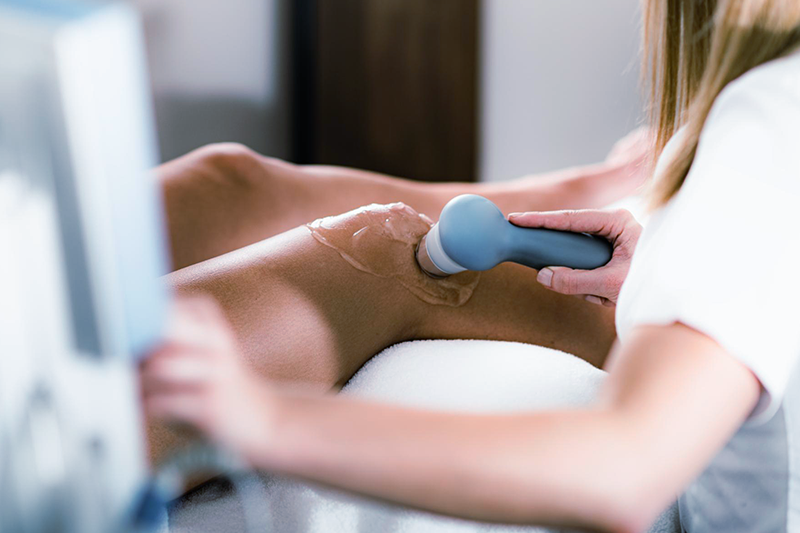Treatments We Provide
Advanced Skin Substitutes
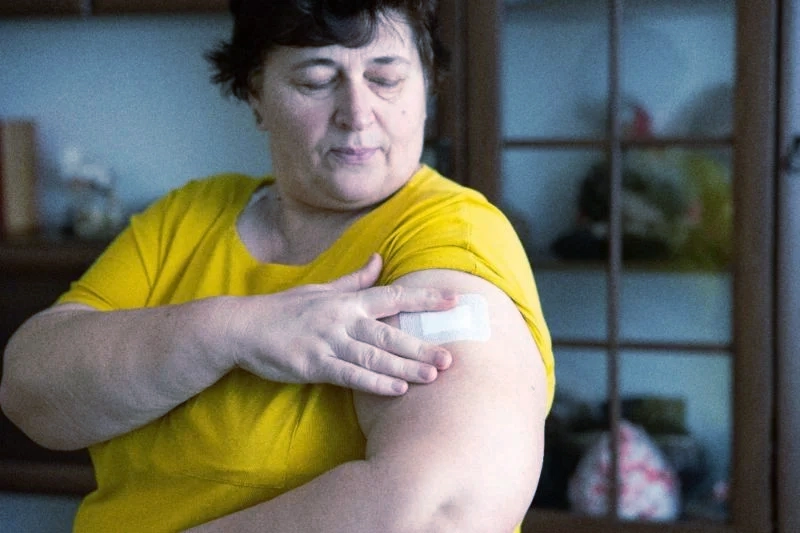
Advanced skin substitutes are designed to improve healing and reduce the risk of infection in chronic or slow-to-heal wounds. At Chronic Wound Solutions of Texas, we offer advanced wound care solutions throughout the San Antonio, TX, area. If you need assistance caring for a complex or chronic wound, we will come to you and provide care in the comfort and privacy of your own home. Call us today to learn more or schedule an appointment.
What Is a Skin Substitute?
What Are the Benefits of Synthetic Skin Grafts?
Synthetic skin grafts mimic the properties of natural skin. This stimulates the body’s natural, auto-regenerative healing properties while protecting the wound as it heals. The biggest benefits of using synthetic skin substitutes or skin grafts are:
- Improved wound closure.
- Lower risk of infection or re-injury.
- Increased release of necessary growth factors.
- Improved rate of fibroblast formation.
- Accelerated blood vessel formation.
- Improved formation of endothelial cells.
- Promotion of collagen and elastin production.
What Are the Different Types of Skin Substitutes?
There are two types of skin substitutes: temporary and permanent. Each one has its advantages and is used for specific situations:
- Temporary Skin Substitutes – Biological and synthetic skin substitutes are the most common types of temporary skin substitutes. A natural or biological skin substitute is created from live skin cells. A synthetic skin substitute is made from artificial materials. The type used depends on whether the wound is internal or external, its severity, and the patient’s overall health and prognosis.
- Permanent Skin Substitutes – Permanent skin substitutes are biological skin substitutes that act like skin grafts. They are not removed and instead become a permanent part of the body. They are typically used in severe burn cases and major soft tissue injuries.
When & How Are Synthetic & Biological Skin Substitutes Used?
Skin substitutes are used most often for people who have complex, major, or slow-to-heal wounds. They can also be used to improve healing for skin graft donors. The most common uses for skin substitutes are:
- Partial thickness burns
- Vascular, arterial, and diabetic ulcers
- Acute or chronic wounds
- Traumatic wounds
Why Choose Chronic Wound Solutions of Texas
At Chronic Wound Solutions of Texas, our mission is to provide innovative and personalized care, ensuring optimal healing and improved outcomes for all our patients. We have a team of experienced, compassionate medical professionals who offer advanced wound care services throughout the San Antonio, TX, area in the comfort and privacy of their patients’ own homes. We take a patient-centered approach and specialize in treating complex, chronic wounds, including ulcers and burns. We offer debridement, wound dressings, and advanced skin substitutes as part of our wound care protocol. We also provide instruction, education, resources, and support to patients and their caregivers who cannot handle the wound care process on their own. We pride ourselves on providing convenient and comfortable services using advanced, innovative techniques.
Learn More About Wound Care & Wound Healing Innovations
If you have a venous ulcer, diabetic ulcer, arterial ulcer, or a complex, traumatic, or slow-to-heal wound, our team at Chronic Wound Solutions of Texas can help. We bring wound care services to the comfort of your home and act as your care partner in your wound healing journey. Call us today or find a provider to learn more or to book an appointment. We’re happy to give you more information about our wound care services and wound healing innovations, like advanced skin substitutes in the San Antonio, TX, area.
Frequently Asked Questions about Wound Dressings
1. How often should wound dressings be changed?
2. Can I change my wound dressings at home?
Common Conditions We Treat
Featured Treatments We Provide
